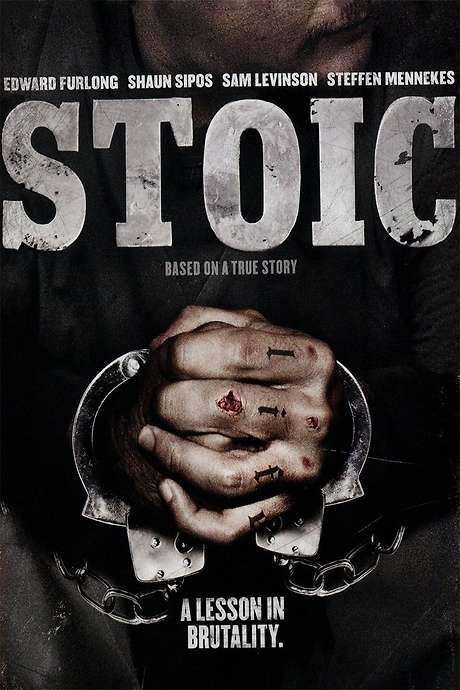
Stoic
Year: 2009
Runtime: 87 mins
Language: English
Director: Uwe Boll
A heated game of poker causes three men incarcerated for nonviolent offenses to brutalize their cellmate before taking drastic measures in order to cover up their crime.
Warning: spoilers below!
Haven’t seen Stoic yet? This summary contains major spoilers. Bookmark the page, watch the movie, and come back for the full breakdown. If you're ready, scroll on and relive the story!
Timeline & Setting – Stoic (2009)
Explore the full timeline and setting of Stoic (2009). Follow every major event in chronological order and see how the environment shapes the story, characters, and dramatic tension.
Last Updated: October 04, 2025 at 16:43
Main Characters – Stoic (2009)
Meet the key characters of Stoic (2009), with detailed profiles, motivations, and roles in the plot. Understand their emotional journeys and what they reveal about the film’s deeper themes.
Last Updated: October 04, 2025 at 16:43
Major Themes – Stoic (2009)
Explore the central themes of Stoic (2009), from psychological, social, and emotional dimensions to philosophical messages. Understand what the film is really saying beneath the surface.
Last Updated: October 04, 2025 at 16:43
Unlock the Full Story of Stoic
Don't stop at just watching — explore Stoic in full detail. From the complete plot summary and scene-by-scene timeline to character breakdowns, thematic analysis, and a deep dive into the ending — every page helps you truly understand what Stoic is all about. Plus, discover what's next after the movie.
Stoic Summary
Read a complete plot summary of Stoic, including all key story points, character arcs, and turning points. This in-depth recap is ideal for understanding the narrative structure or reviewing what happened in the movie.

Stoic Timeline
Track the full timeline of Stoic with every major event arranged chronologically. Perfect for decoding non-linear storytelling, flashbacks, or parallel narratives with a clear scene-by-scene breakdown.



